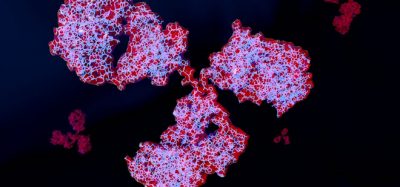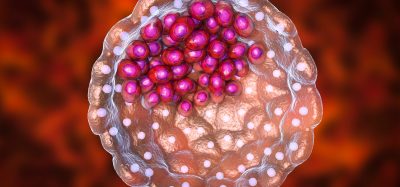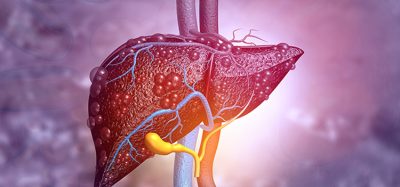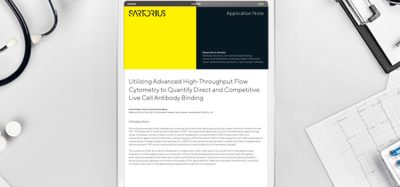Novel ‘prodrug’ designed to eliminate cancer without harming healthy cells
Posted: 23 November 2022 | Izzy Wood (Drug Target Review) | No comments yet
US researchers discovered in a study in mice that augmented drug eliminates cancer cells without causing toxicity.
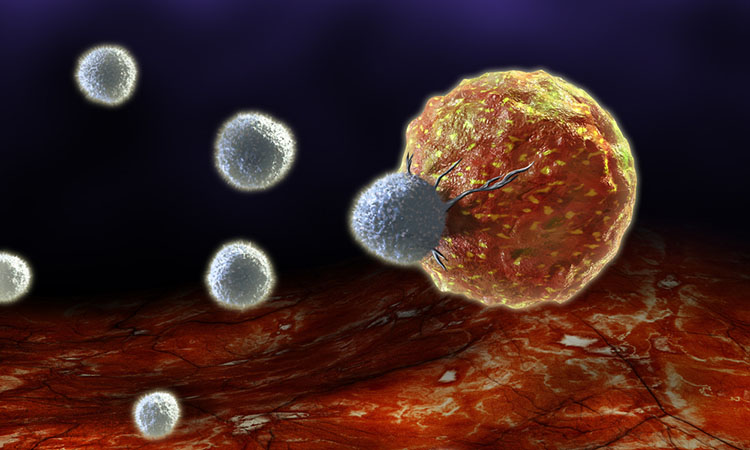
Johns Hopkins Medicine researchers, US, have revamped an anti-cancer drug to better target cancer cells and leave healthy tissues unharmed.
Scientists have dubbed this type of targeted approach a “prodrug”: a medicine designed to release its payload in a particular area of the body and in no other areas.
The discovery of the prodrug: DRP-104, published in Science Advances, is in early-stage clinical trials in people with advanced solid tumours. The newly published studies in mice showed that the prodrug preferentially eliminated cancer cells but did not harm healthy cells, like the gut.
“Our goal was to modify an old cancer drug that had shown robust efficacy but was too toxic, to be developed clinically. To do this, we used a prodrug approach. What is unique about our approach is that we utilised a novel chemistry design to create a prodrug that was simultaneously bio-activated in cancer cells but bio-inactivated in healthy tissues.” said Dr Barbara Slusher, director of the Johns Hopkins Drug Discovery Programme and professor of at the Johns Hopkins University School of Medicine.
“This preferential targeting of the payload to cancer cells is now enabling this efficacious class of drugs to be re-evaluated safely in people.”
The newly modified prodrug takes advantage glutamine, which is a critical building block for proteins, lipids and nucleotides, as well as for energy formation. Rapidly growing cancer cells use a tremendous amount of glutamine: “glutamine addiction”
Dr Rana Rais, an associate professor of neurology and pharmacology, added “DRP-104 is a tumour-targeted prodrug of the glutamine mimic drug called 6-Diazo-5-Oxo-L-norleucine (DON), which inhibits multiple glutamine-utilising enzymes in cancer cells.”
Development of this promising class of drugs did not resume until the team decided to make chemical modifications to DON.
“We added chemical groups, called promoieties, to DON that rendered it inactive in the body until it reached the tumour, where the promoieties were clipped off by enzymes that are abundant in the tumour.” explained Slusher.
“This specific prodrug design made DON targeted to its intended destination (tumour) and have less of an impact on healthy cells elsewhere.”
For the new study, researchers gave the original DON drug and the souped-up DRP-104 drug to mice implanted with tumours. In mice that received DRP-104, the researchers found 11 times more active drug in the tumour compared with the gastrointestinal tract. Both drugs completely wiped out the tumour, but DON caused more gut toxicity in the mice than DRP-104.
Slusher says her Johns Hopkins Drug Discovery lab is also actively looking for other drugs that have failed clinical trials because of toxicity problems. They hope to apply this same prodrug design to medicines for other conditions.
Related topics
Drug Development, Drug Discovery, Drug Discovery Processes, Immuno-oncology, Immunotherapy, Targets
Related conditions
Cancer
Related organisations
John Hopkins Medicine
Related people
Dr Barbara Slusher, Dr Rana Rais




